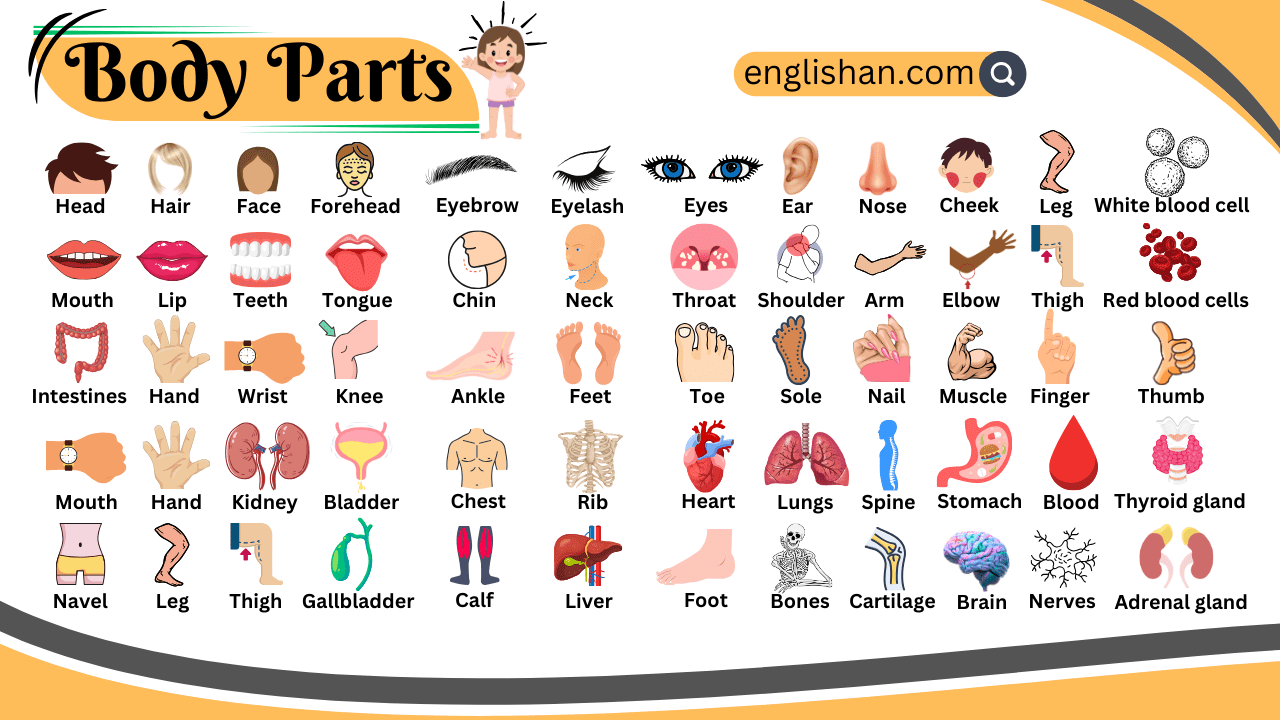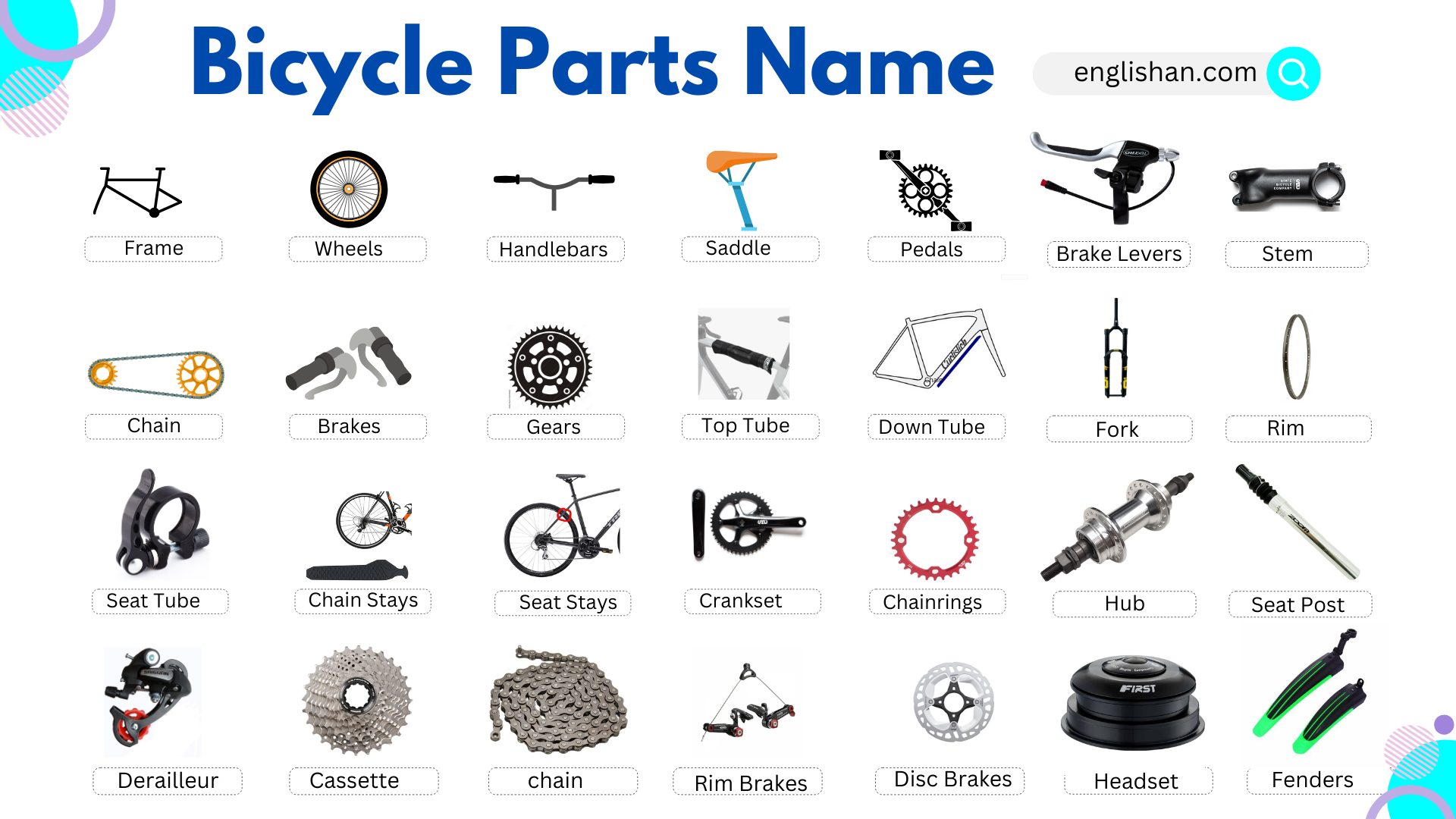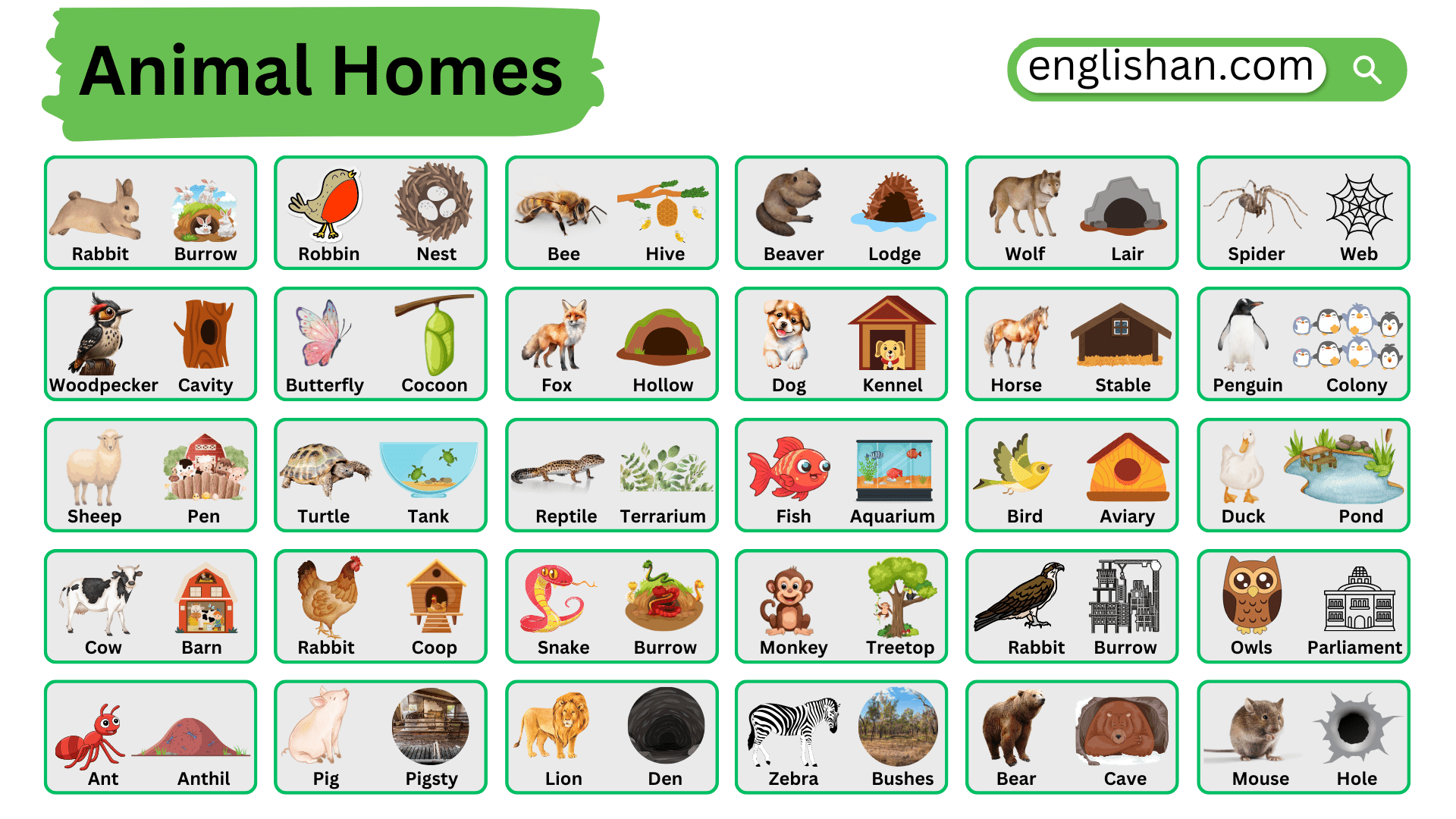Contents
Understanding the names of body parts in English is crucial for effective communication in daily life, healthcare, and education. From the largest organs to the smallest bones, each part plays a vital role in our overall functioning. This article will provide an extensive list of body parts, categorized for easy learning, and explain their functions in simple language.
Learning the parts of body name in English is fundamental for everyone, especially for those learning English as a second language. It is essential for describing symptoms to a doctor, discussing physical activities, or even understanding how your body works.
Major Body Regions
The human body is divided into several major regions that encompass the essential parts of body structure. Understanding these regions helps in identifying and learning about the different parts of body that play crucial roles in our daily functions.
- Head: The head houses the brain, eyes, ears, nose, and mouth. It is the control center for the body, responsible for sensory perception, thought processes, and speech.
- Neck: The neck supports the head and connects it to the torso. It contains the cervical spine, major blood vessels, the trachea (windpipe), and the esophagus (food pipe).
- Torso: The torso, or trunk, includes the chest, abdomen, and back. It encloses and protects vital organs like the heart, lungs, and digestive organs.
- Upper Limbs (Arms): The arms extend from the shoulders to the hands and are used for various tasks, such as lifting, holding, and manipulating objects.
- Lower Limbs (Legs): The legs support the body’s weight, allowing for movement and balance. They extend from the hips to the feet.
Here’s a breakdown of all the parts of the body, from the head to the toes, including both external and internal components.
Head and Neck Parts of Body
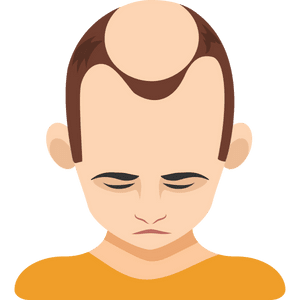
Scalp
The scalp covers the top of the head and is the skin that supports hair growth.
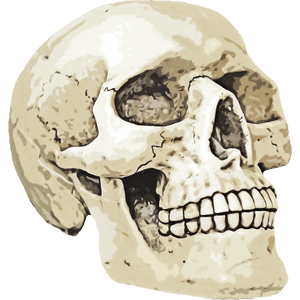
Skull
The skull is the bony structure that forms the head, protecting the brain and supporting the face.
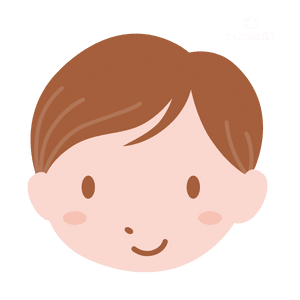
Face
The face includes the forehead, cheeks, eyes, nose, mouth, and chin.
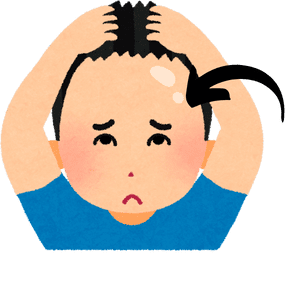
Forehead
The forehead is the area above the eyes, extending to the hairline.

Eyebrows
Eyebrows are the strips of hair above the eyes that help prevent sweat and debris from entering the eyes.

Eyelashes
Eyelashes are the short, curved hairs growing on the edge of the eyelids, protecting the eyes from dust and particles.
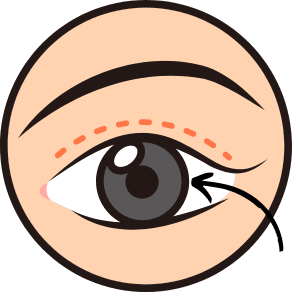
Eyelids
Eyelids are the movable skin folds that cover and protect the eyes.
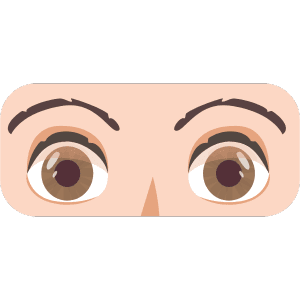
Eyes
The eyes are the organs of sight, responsible for vision.
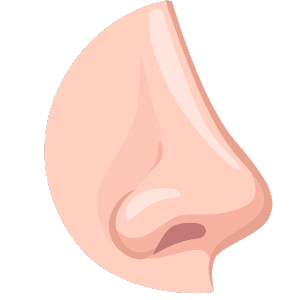
Nose
The nose is the organ responsible for smell and breathing. It also filters the air we breathe.
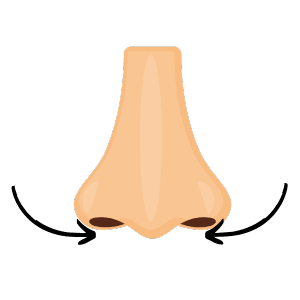
Nostrils
Nostrils are the two openings of the nose through which air enters and exits.
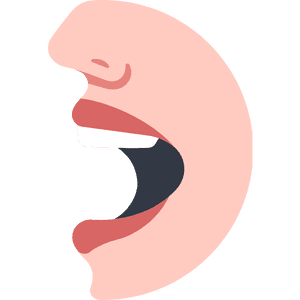
Mouth
The mouth is used for speaking, eating, and breathing. It contains the teeth, tongue, and gums.
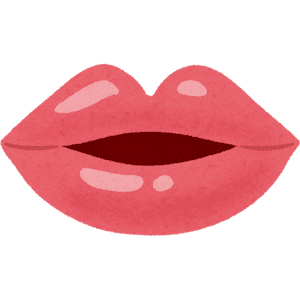
Lips
Lips are the soft, movable parts that form the opening of the mouth.
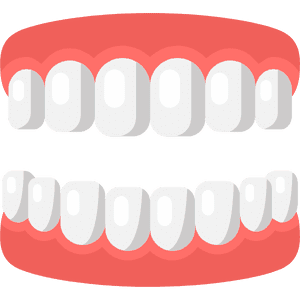
Teeth
Teeth are hard, calcified structures used for chewing food.

Tongue
The tongue is a muscular organ in the mouth, essential for tasting, chewing, swallowing, and speaking.

Chin
The chin is the lower part of the face below the mouth.
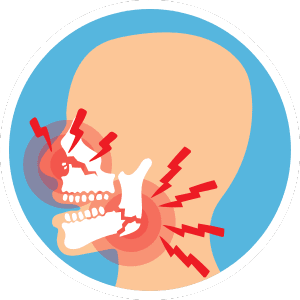
Jaw (Mandible)
The jaw is the bone that forms the lower part of the face, holding the lower teeth.
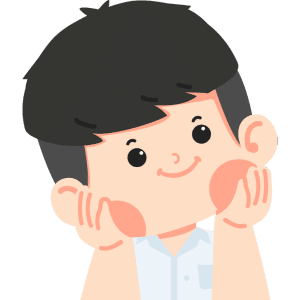
Cheeks
Cheeks are the soft areas of the face below the eyes and between the nose and ears.

Ears
Ears are the organs responsible for hearing and balance. They consist of the outer ear, middle ear, and inner ear.
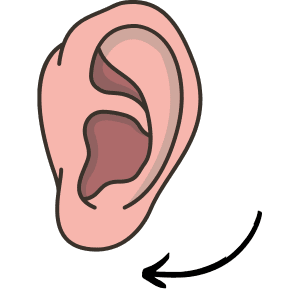
Earlobes
Earlobes are the soft, fleshy parts at the bottom of the ears.
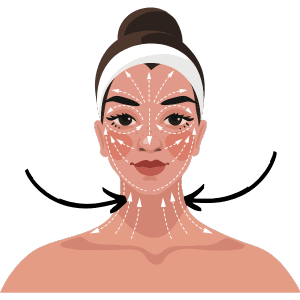
Neck
The neck supports the head and contains structures like the trachea, esophagus, and major blood vessels.

Throat
The throat includes the pharynx and larynx, which are involved in swallowing, breathing, and speaking.
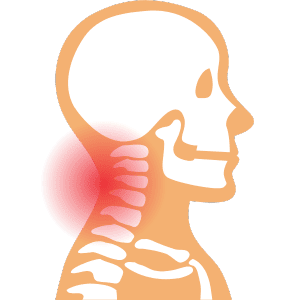
Nape
The nape is the back of the neck, below the hairline.
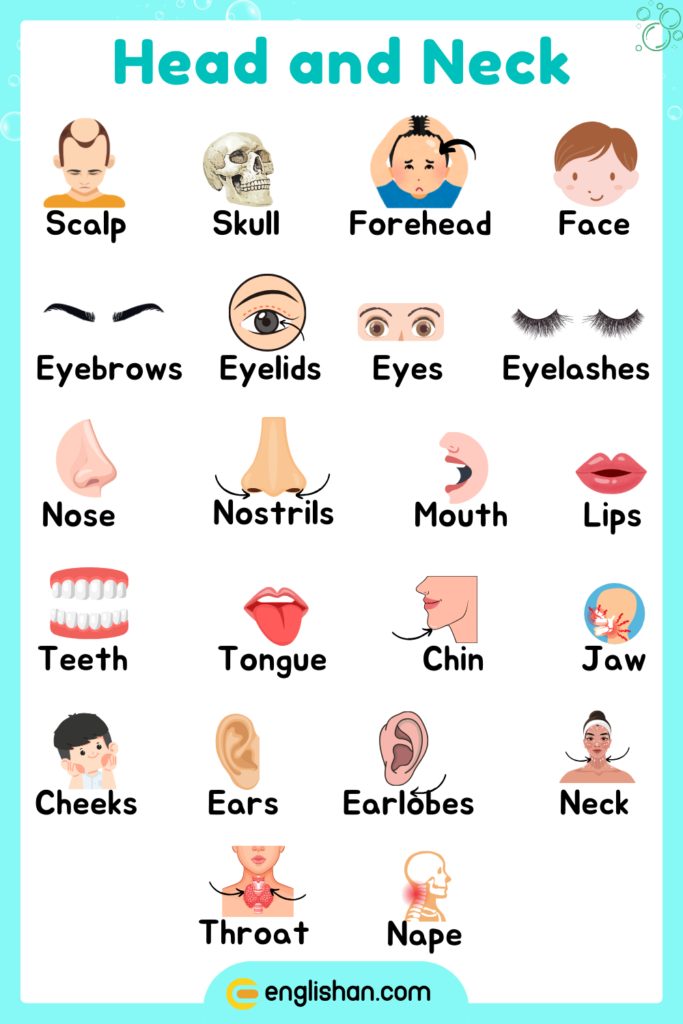
Torso
The torso, often referred to as the trunk, is one of the most important parts of body as it contains the heart, lungs, and digestive organs. These parts of body are central to maintaining life, processing nutrients, and providing energy.

Shoulders
The shoulders connect the arms to the torso, providing a wide range of motion.

Collarbone (Clavicle)
The collarbone is the bone that connects the shoulder to the sternum (breastbone).

Chest (Thorax)
The chest contains the heart, lungs, and ribcage.

Ribcage
The ribcage is a set of bones that protect the heart and lungs.
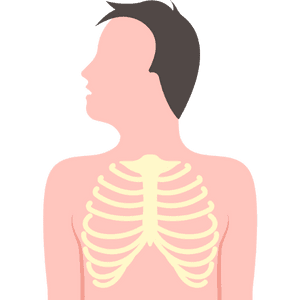
Breastbone (Sternum)
The sternum is the flat bone in the center of the chest that connects to the ribs.
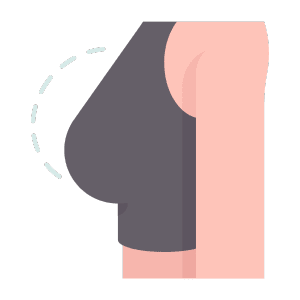
Breasts
Breasts are located on the chest and contain mammary glands in females.
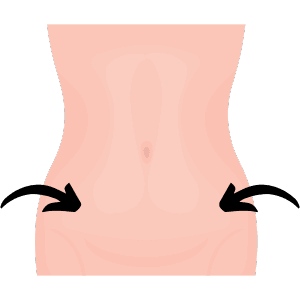
Abdomen
The abdomen is the area between the chest and pelvis, containing the stomach, intestines, liver, and other digestive organs.
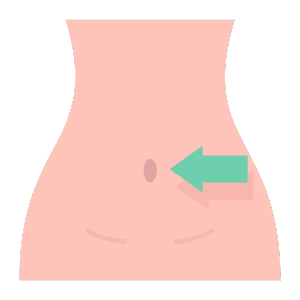
Navel (Belly Button)
The navel is the scar on the abdomen marking the point where the umbilical cord was attached before birth.
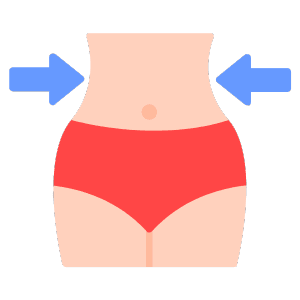
Waist
The waist is the narrow part of the torso between the ribs and hips.
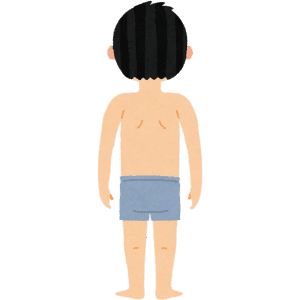
Back
The back extends from the neck to the lower torso and includes the spine (backbone).
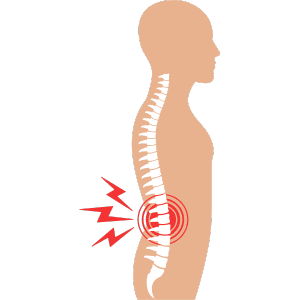
Spine (Vertebral Column)
The spine is the bony structure that runs down the back, protecting the spinal cord and supporting the body.
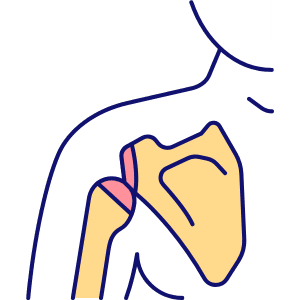
Shoulder Blades (Scapulae)
Shoulder blades are the flat bones on the upper back that connect the arms to the torso.
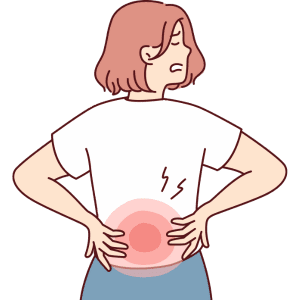
Lower Back (Lumbar Region)
The lower back is the area of the back between the ribcage and the pelvis.
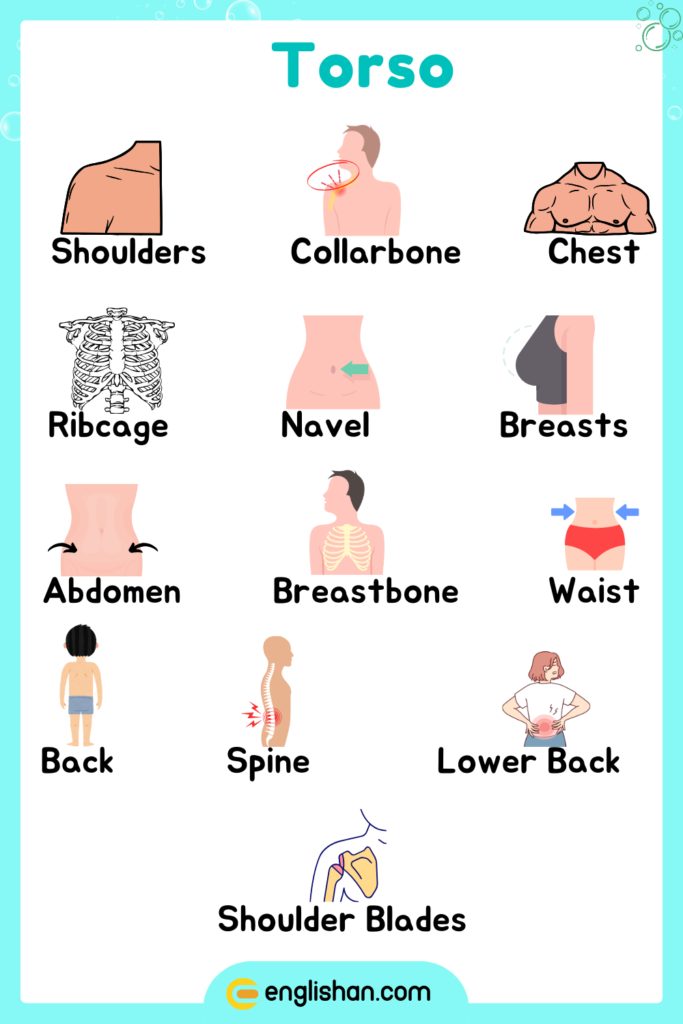
Upper Limbs (Arms)
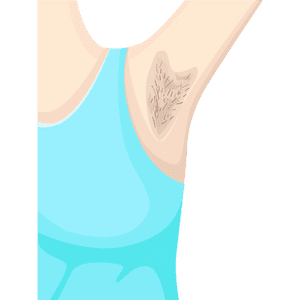
Armpit (Axilla)
The armpit is the hollow area under the arm where it meets the shoulder.
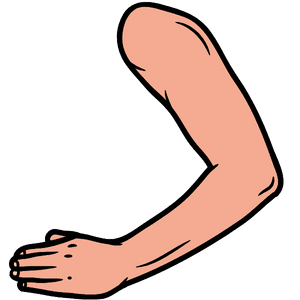
Upper Arm
The upper arm is the part of the arm between the shoulder and elbow.
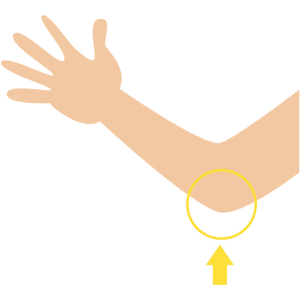
Elbow
The elbow is the joint connecting the upper arm to the forearm.
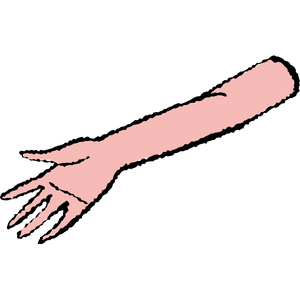
Forearm
The forearm is the part of the arm between the elbow and wrist.
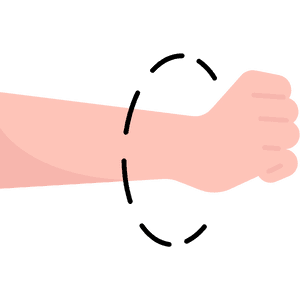
Wrist
The wrist is the joint connecting the forearm to the hand.
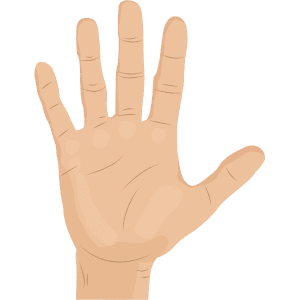
Hand
The hand includes the palm, fingers, and thumb.
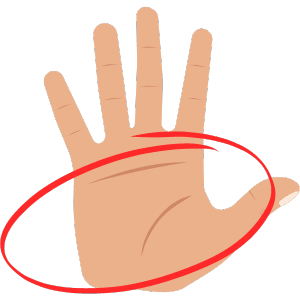
Palm
The palm is the inner surface of the hand.
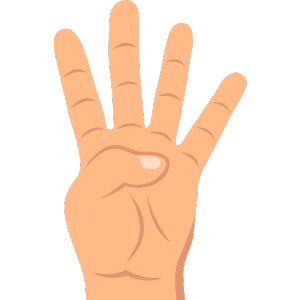
Fingers
Fingers are the digits of the hand, used for grasping and manipulating objects.
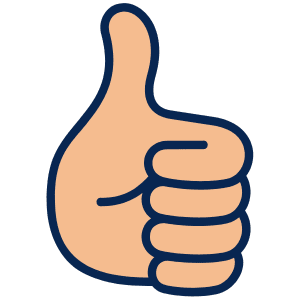
Thumb
The thumb is the short, thick first digit of the hand, allowing for grasping and dexterity.

Knuckles
Knuckles are the joints of the fingers, where the bones of the hand meet the bones of the fingers.
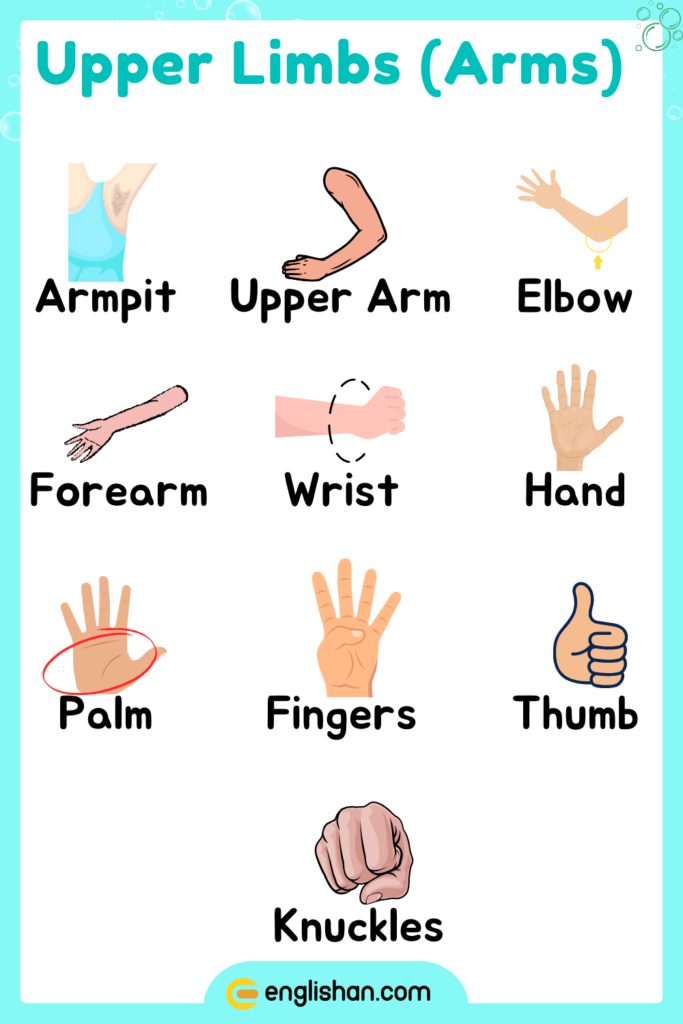
Lower Limbs (Legs)

Hip
The hip is the joint connecting the leg to the pelvis, allowing for movement and weight-bearing.

Thigh
The thigh is the upper part of the leg between the hip and knee.
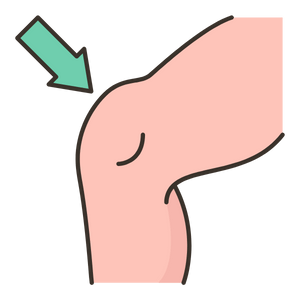
Knee
The knee is the joint connecting the thigh to the lower leg, allowing for movement and weight-bearing.
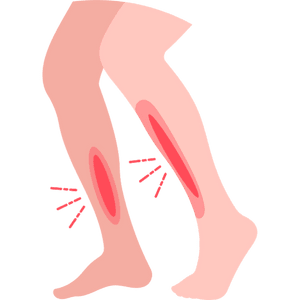
Shin
The shin is the front part of the lower leg, between the knee and ankle.

Calf
The calf is the back part of the lower leg, between the knee and ankle.
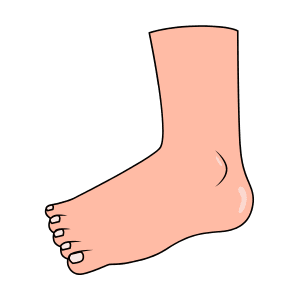
Ankle
The ankle is the joint connecting the lower leg to the foot, allowing for movement and balance.
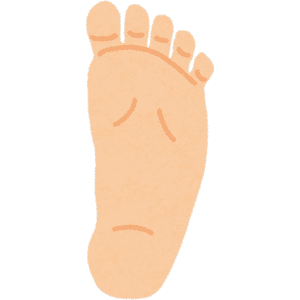
Foot
The foot includes the toes, arch, and heel, supporting the body’s weight and allowing for movement.

Toes
Toes are the digits of the foot, helping with balance and movement.
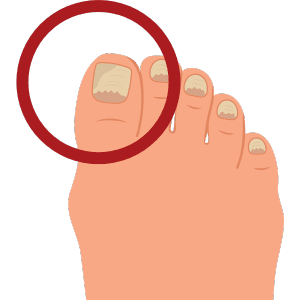
Big Toe
The big toe is the largest toe, playing a key role in balance.
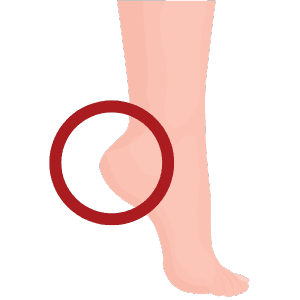
Heel
The heel is the back part of the foot, supporting the body’s weight.
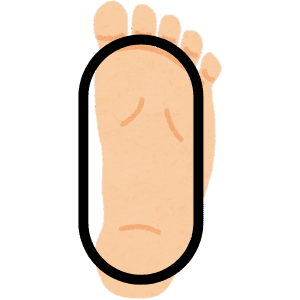
Sole
The sole is the bottom surface of the foot.
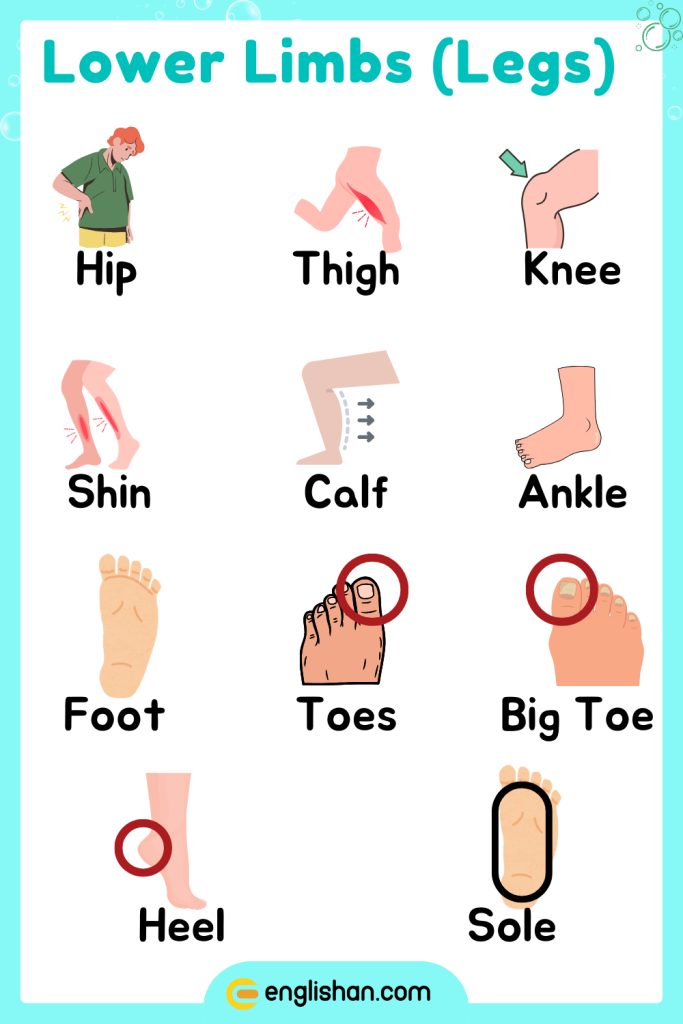
Internal Organs of Body
Internal organs are the hidden yet vital parts of body that regulate bodily functions. These parts of body include the heart, lungs, liver, and kidneys, all of which are necessary for survival and maintaining health.
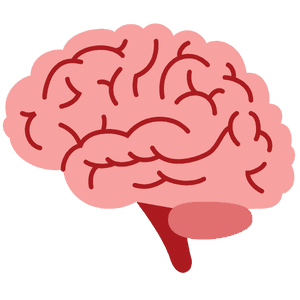
Brain
The brain is the organ responsible for thought, memory, emotion, and controlling bodily functions.
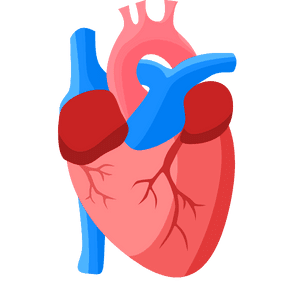
Heart
The heart is the muscular organ that pumps blood throughout the body.
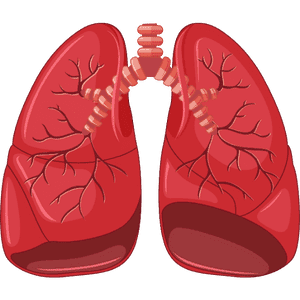
Lungs
The lungs are the organs responsible for breathing, taking in oxygen and expelling carbon dioxide.
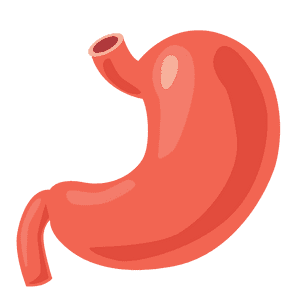
Stomach
The stomach is the organ that breaks down food through digestion.
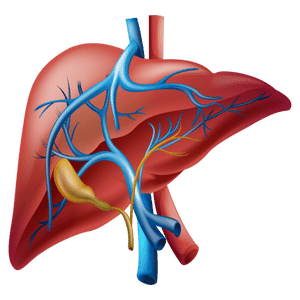
Liver
The liver processes nutrients, detoxifies substances, and produces bile.

Kidneys
The kidneys filter waste from the blood and produce urine.
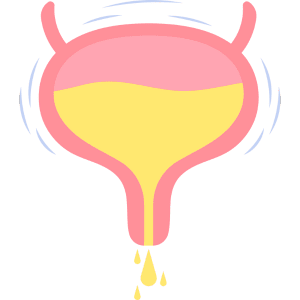
Bladder
The bladder stores urine until it is expelled from the body.

Intestines
The pancreas produces enzymes for digestion and hormones like insulin.The pancreas produces enzymes for digestion and hormones like insulin.
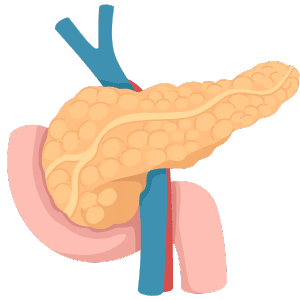
Pancreas
The pancreas produces enzymes for digestion and hormones like insulin.
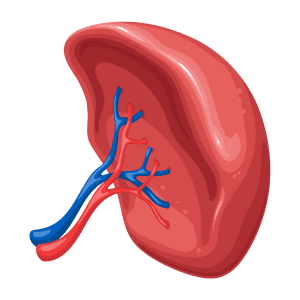
Spleen
The spleen filters blood and helps fight infections.
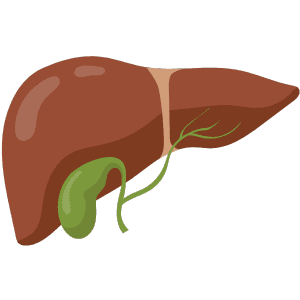
Gallbladder
The gallbladder stores bile produced by the liver, which helps digest fats.
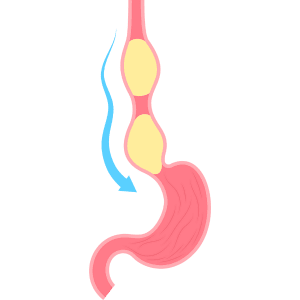
Esophagus
The esophagus is the tube that carries food from the mouth to the stomach.
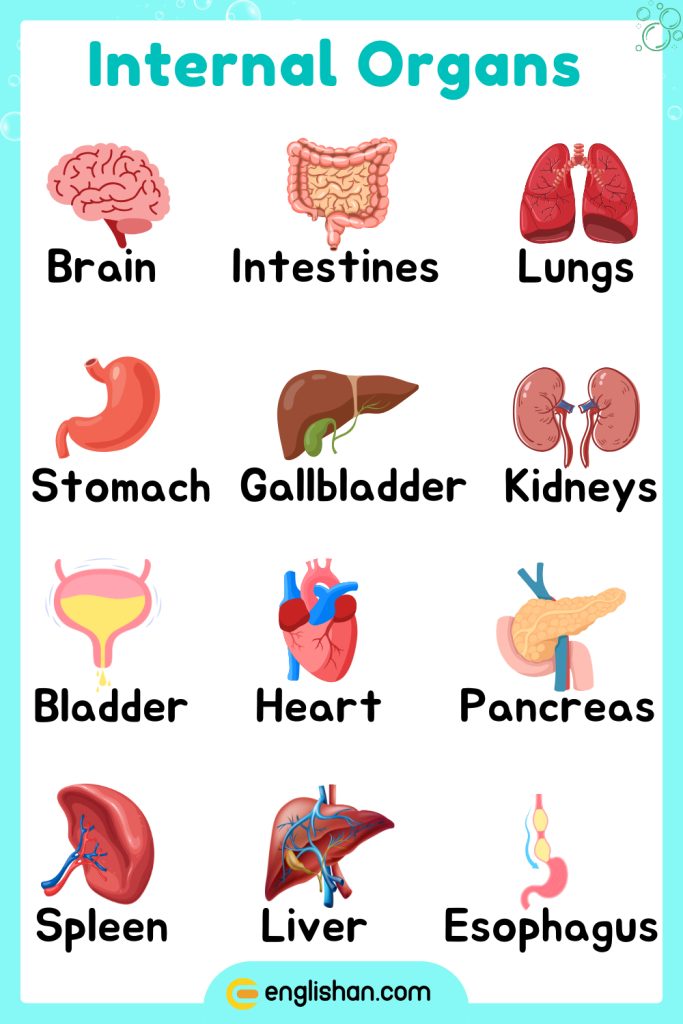
Other Important Parts
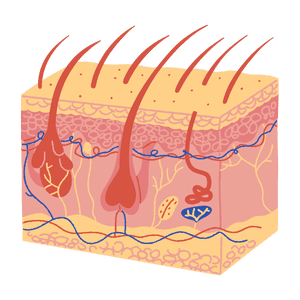
Skin
The skin is the body’s largest organ, covering and protecting the body.
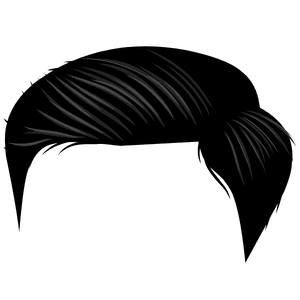
Hair
Hair grows from the skin and provides protection and insulation.
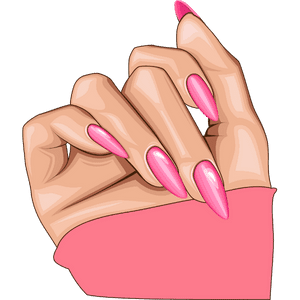
Nails
Nails are the hard coverings on the tips of fingers and toes, protecting the digits and aiding in manipulation.
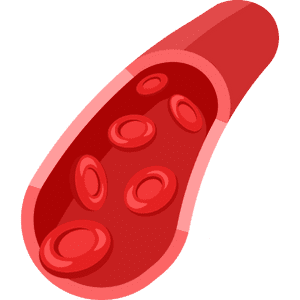
Blood Vessels
Blood vessels, including arteries, veins, and capillaries, carry blood throughout the body.
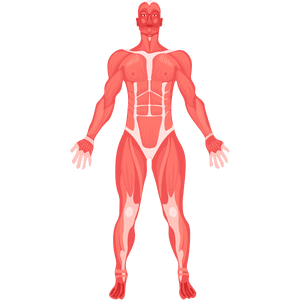
Muscles
Muscles are tissues that contract to produce movement.
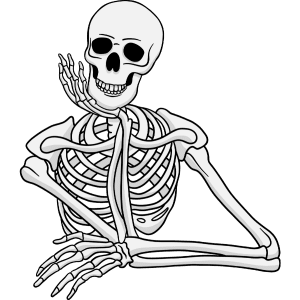
Bones
Bones provide structure and support for the body, protecting organs and allowing for movement.
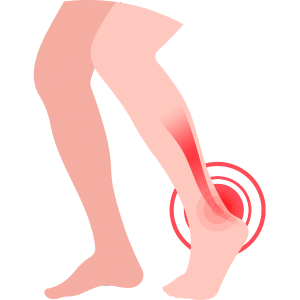
Joints
Joints are where two bones meet, allowing for movement.
Parts of Body Infographics
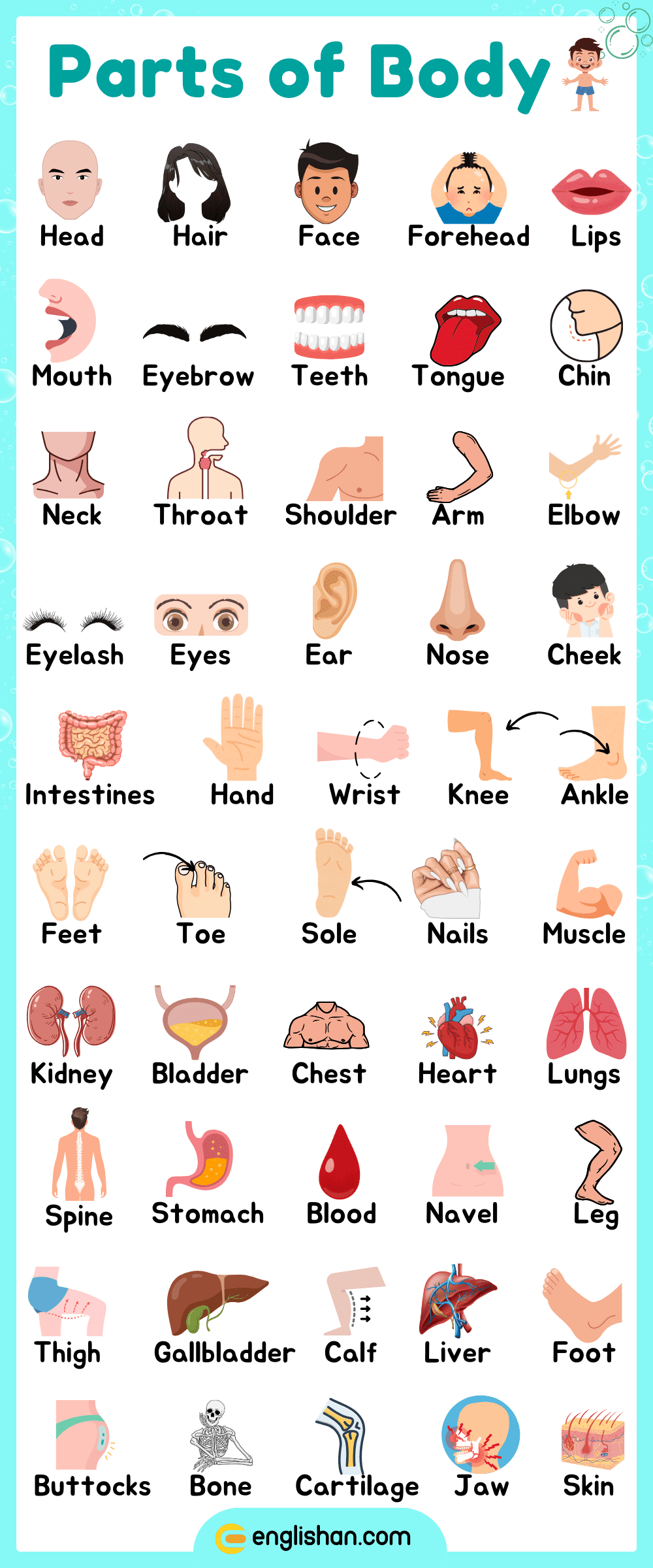
Conclusion
Learning the parts of body name in English is a fundamental step in mastering the language and understanding human anatomy. By knowing these terms, you can communicate more effectively, whether in everyday conversations, medical settings, or educational environments. This comprehensive guide provides a detailed overview of all the parts of the body, helping you build a solid foundation in English and human anatomy.
FAQs
Here are 12 body parts in English:
1. Head
2. Eyes
3. Ears
4. Nose
5. Mouth
6. Neck
7. Shoulders
8. Arms
9. Hands
10. Legs
Feet
12. Back
These are some basic body parts that are commonly used in English.
Here’s a short and simple list of body parts:
1. Head: eyes, nose, mouth, ears, hair
2. Neck: throat
3. Upper body: chest, stomach, back
4. Arms and hands: shoulder, arm, elbow, wrist, fingers
5. Lower body: thigh, knee, leg, ankle, toes
6. Inside: brain, heart, lungs, stomach, kidneys
The body part “Jigar” in English refers to the liver.
The body part “Takhna” in English is called the ankle.
The body part “Pitta” in English refers to bile or the gallbladder, depending on the context. In Ayurvedic terms, it often refers to the bile or digestive fluids produced by the liver and stored in the gallbladder.
You May Also Like
